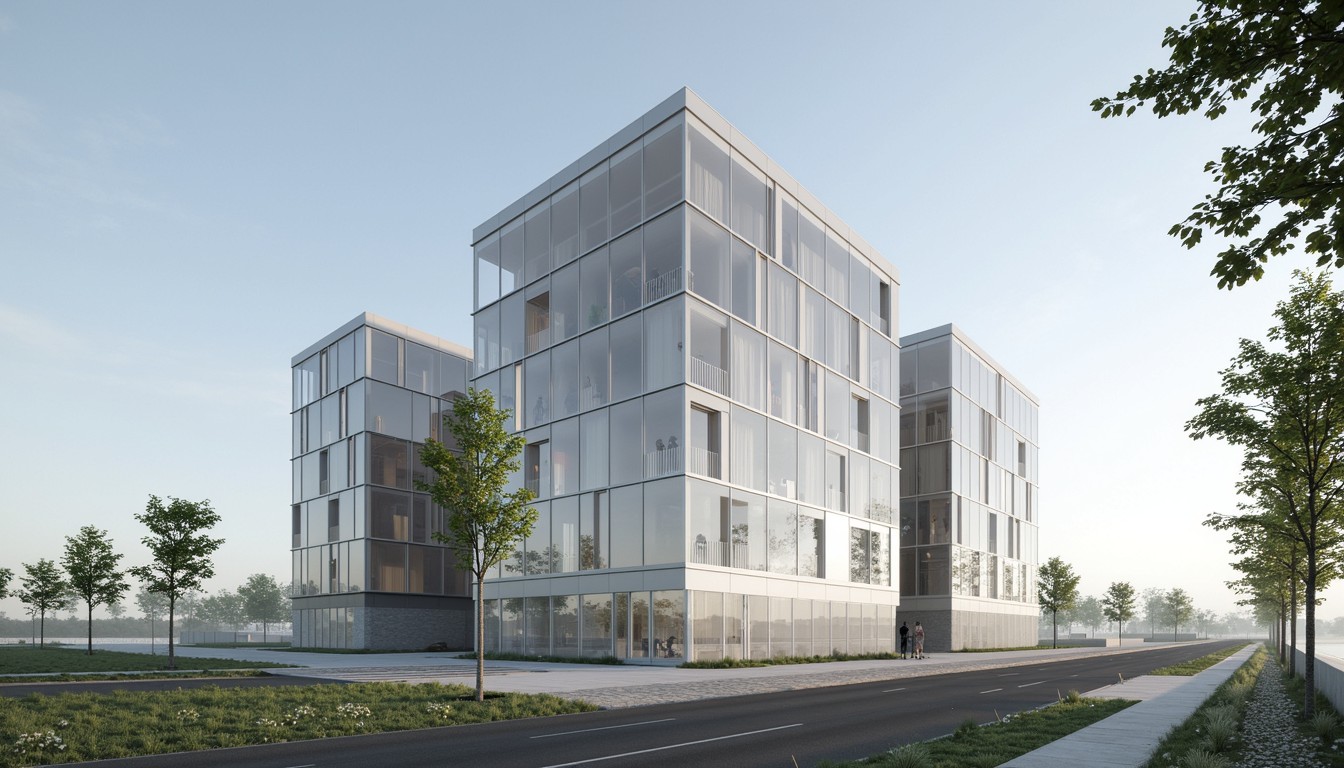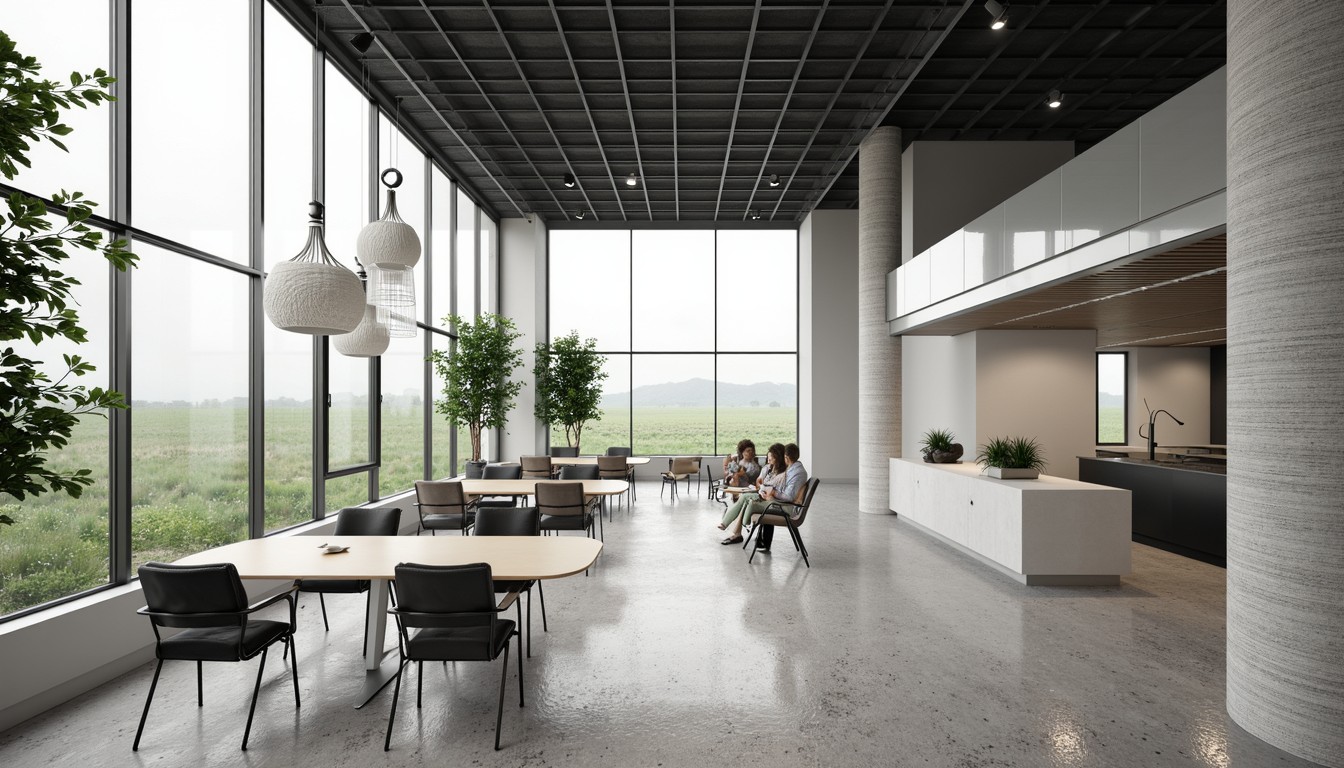Digital Transformation: Reshaping the Future of Architecture
The architecture industry is undergoing a dramatic shift, driven by the rapid advancement and adoption of digital technologies. This digital transformation is not merely a trend; it's a fundamental reshaping of how architects design, collaborate, and present their work. From the initial concept to the final construction, digital tools are revolutionizing every stage of the architectural process, leading to increased efficiency, enhanced creativity, and improved client communication.
The Pillars of Digital Transformation in Architecture

Several key technologies are at the forefront of this transformation. Understanding their individual and collective impact is crucial for architects seeking to remain competitive and innovative:
1. Building Information Modeling (BIM): The Foundation of Digital Workflow
BIM is arguably the most transformative technology in contemporary architecture. It's a process involving the generation and management of digital representations of physical and functional characteristics of places. This goes beyond simple 2D drawings; BIM creates intelligent 3D models containing detailed information about every aspect of a building, from structural elements to MEP systems and materials. This data-rich environment allows for better collaboration, clash detection, cost estimation, and sustainable design practices. Architects can simulate building performance, optimize designs for energy efficiency, and even create virtual walkthroughs before construction begins.
2. Virtual Reality (VR) and Augmented Reality (AR): Immersive Experiences for Clients and Stakeholders
VR and AR technologies are changing the way architects interact with clients and present their designs. VR allows clients to experience a building's design before it's even built, providing an immersive and engaging walkthrough. This improves client understanding and reduces the likelihood of costly revisions later in the process. AR overlays digital information onto the real world, allowing architects to visualize designs on existing sites, enhancing communication and facilitating better decision-making.
3. Artificial Intelligence (AI) and Machine Learning (ML): Enhancing Design and Efficiency
AI and ML are emerging as powerful tools in architectural design. AI algorithms can analyze vast datasets to identify design patterns, optimize building performance, and even generate design options based on specific parameters. Machine learning can automate repetitive tasks, freeing up architects to focus on more creative aspects of the project. This leads to increased efficiency and allows for the exploration of innovative design solutions.
4. Cloud Computing and Collaboration Platforms: Streamlining Teamwork
Cloud-based platforms enable seamless collaboration among architects, engineers, contractors, and clients. These platforms provide centralized access to project data, allowing for real-time updates and efficient communication. This eliminates the need for physical file sharing, reducing delays and improving overall project management. Examples include platforms offering real-time feedback, version control, and secure data storage.
5. Parametric Design and Generative Design: Exploring Design Possibilities
Parametric design uses algorithms to define relationships between design elements, allowing architects to explore a wide range of design possibilities. Changes to one parameter automatically update related elements, enabling rapid iteration and optimization. Generative design takes this a step further by using AI to generate multiple design options based on predefined constraints and objectives. This opens up new creative avenues and allows architects to push the boundaries of traditional design approaches.
Real-World Applications and Case Studies

The impact of digital transformation is evident in numerous real-world projects. For example, the use of BIM in the construction of large-scale infrastructure projects has significantly reduced errors and improved coordination among different teams. VR has been used to showcase architectural designs to potential investors, enhancing their understanding and securing funding. AI-powered tools are being utilized to optimize building energy efficiency, leading to more sustainable designs.
Challenges and Opportunities

While the benefits of digital transformation are undeniable, architects also face challenges. The initial investment in software and training can be significant. Furthermore, the need for specialized skills and expertise requires ongoing professional development. However, these challenges are outweighed by the opportunities for increased efficiency, improved design quality, and enhanced client satisfaction.
ArchNav: Your Partner in Digital Transformation
At ArchNav, we understand the transformative power of digital technologies in architecture. We leverage the latest software and techniques to create stunning architectural visualizations that bring your designs to life. Our team of expert visualizers uses cutting-edge BIM, VR, and rendering techniques to produce high-quality images and animations that effectively communicate your vision to clients and stakeholders. We help architects embrace digital transformation by providing innovative solutions that meet the demands of the modern architectural landscape. Contact us today to learn how ArchNav can help you harness the power of digital transformation to achieve your architectural goals.
